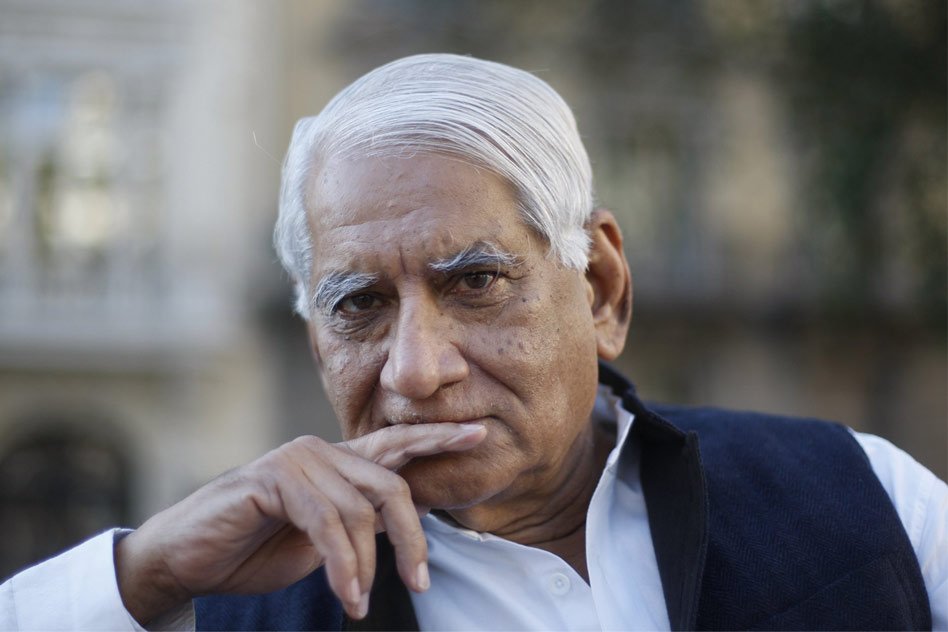
Charles Correa: India's Greatest Architect Passes Away at 84
17 Jun 2015 1:35 PM GMT
Charles Correa (1 September 1930–16 June 2015) was an Indian architect, urban planner and activist. An influential architect credited for the creation of modern architecture in post-Independence India. He was noted for his sensitivity to the needs of the urban poor and for his use of traditional methods and materials.
Correa designed landmarks like Gandhi Smarak Sangrahalaya Ahmedabad, the Handloom Pavilion in Delhi, Bharat Bhavan and Vidhan Bhavan in Madhya Pradesh, Jawahar Kala Kendra in Jaipur, the Permanent Mission of India at the U.N., New York, Kala Academy in Goa.
He was the chief architect of Navi Mumbai, the satellite suburb of Mumbai.
For designing the Gandhi memorial in the Western state of Gujarat when he was just 28, he came to be known for his “open-to-sky” concept represented in the majority of his designs.
He had been awarded the Padma Shri in 1972, and second highest civilian honour, the Padma Vibhushan in 2006, given by Government of India. He was also awarded the 1984 Royal Gold Medal for architecture, by the Royal Institute of British Architects.
Despite his illness, he completed three notable buildings abroad- the Ismaili Centre in Toronto, the Brain Science Center at MIT, Boston and the Champalimaud Centre in Lisbon.
Best works of Charles Correa
Ismaili Centre, Toronto

Salvacao Church Dadar, Mumbai

Champalimaud Centre in Lisbon

Jawahar Kala Kendra, Jaipur

IUCAA, Pune

Incremental Housing, New Bombay

Kanchenjunga Apartments, Mumbai

 All section
All section













